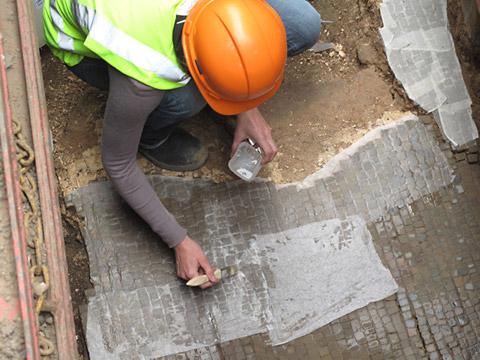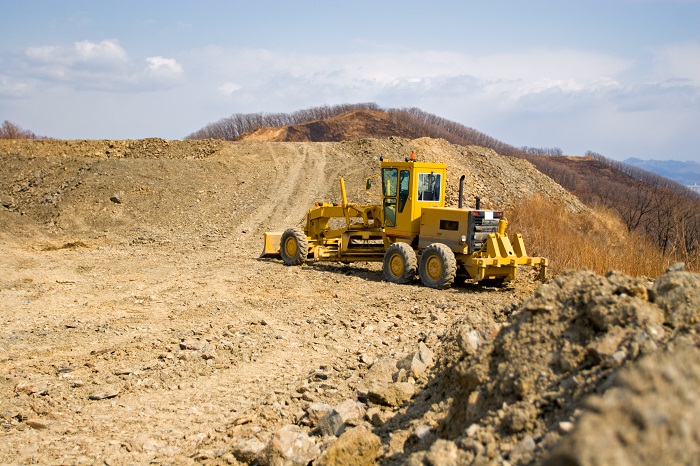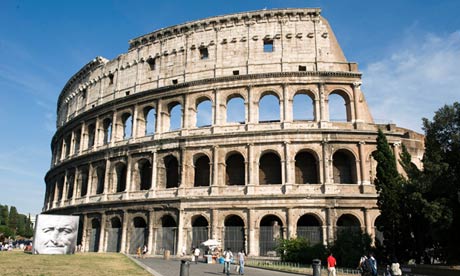(Clockwise
from top left) The tablet as originally found; after it was unrolled; a
close-up of the letter "R" as seen through a microscope; and the tablet
transcribed
If
you were called Sacratus, Constitutus or Memorianus, and had some bad
luck in Roman Kent, archaeologists may have discovered why.
A "curse tablet" made of lead and buried in a Roman farmstead has been unearthed in East Farleigh.
Inscribed in capital letters are the names of 14 people, which experts believe were intended to have bad spells cast upon them.
The tablet is being examined by a specialist from Oxford University.
It was discovered by the Maidstone Area Archaeological Group during a dig and has undergone a detailed series of tests.


















